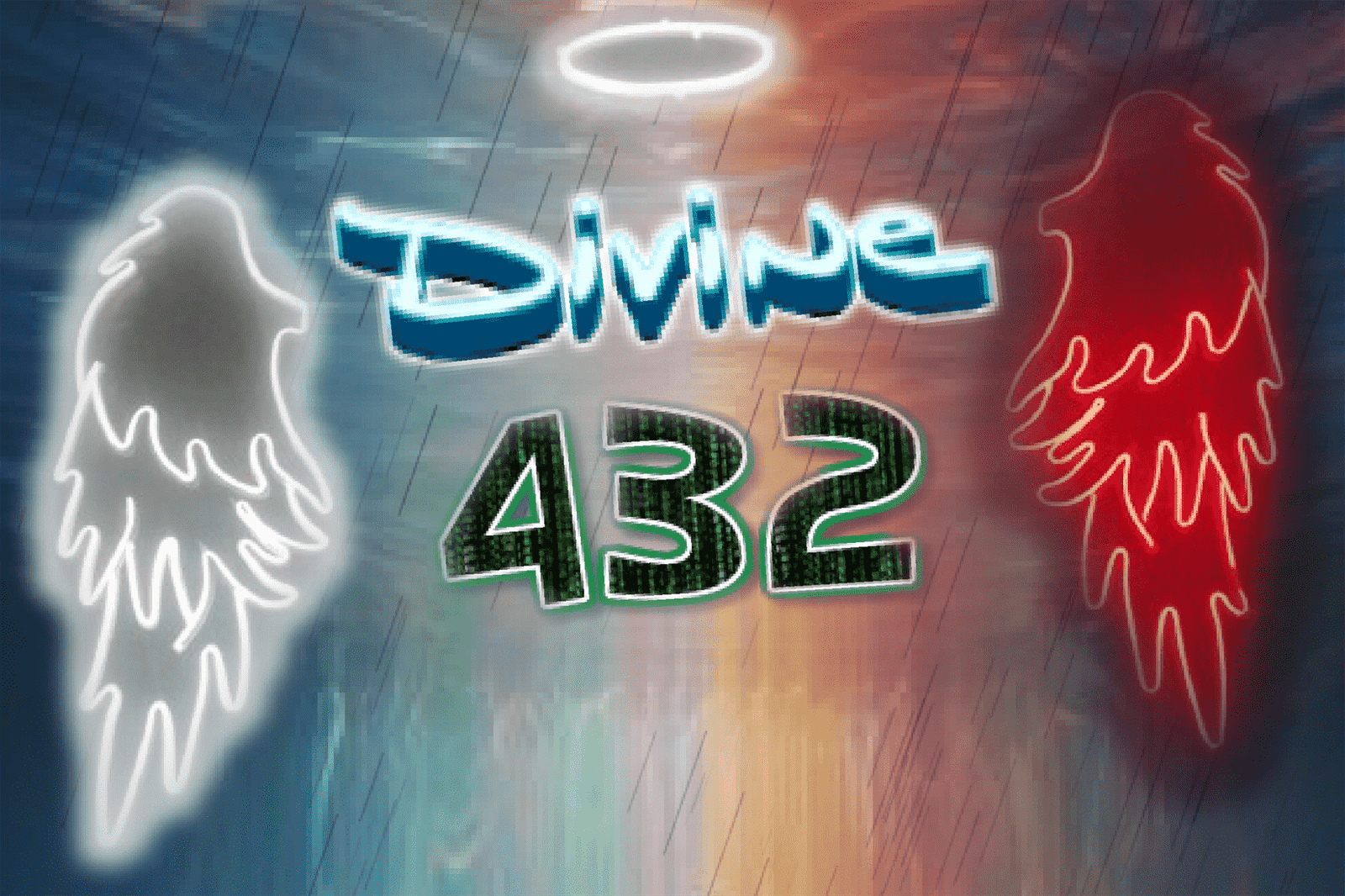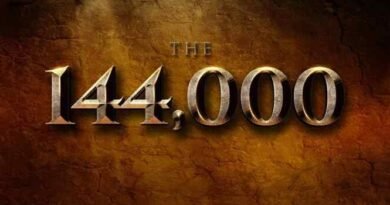25920 precision of the equinox an Ancient Enigma
Lets talk about precision of the equinox. Precession numbers are typically expressed in a decimal system, such as 10s, 100s, and 1000s, while angle degrees adhere to the 60, 180, 360-based system of a circle. To translate decimal-based system numbers like 26,000 into the 60-based system, one can use the doubling/halving method practiced in ancient Egypt (kemi). For instance, 26,000 years could be represented as 26° 00′ 00″0.
In the context of the Platonic Year of 25,920 years (also precision of the equinox,). the numbers 103.68, 51.84, and 25.92 can be expressed as fractals of the decimal system. Therefore, 51.84° translates to 51° 50′ 24″0, representing double the Platonic Year number (25,920 x 2 = 51,840).
Exploring the Mysteries of 25,920 and precision of the equinox in Ancient Numerical Systems
In ancient Mesoamerica, significant cycle numbers such as 104, 52, 26, and 13 held profound cultural and cosmological significance. These numbers, deeply embedded in Mayan and Aztec calendars and astronomical observations, were intricately tied to the rhythms of the natural world. When expressed in the 60-based system, they revealed a deeper understanding of celestial phenomena and the passage of time.
Significant cycle numbers in ancient Mesoamerica, such as 104, 52, 26, and 13, can be easily converted into the 60-based system. For example, 26 becomes 26° 00′ 00″0, and 52 becomes 52° 00′ 00″0.
The ancient Maya purportedly used the Precession number of 25,956 years, which would translate to 25.956, 51.912, and 103.824. For example, 51.912° would correspond to an angle of inclination of 51° 54′ 43″2.
Unlocking the Secrets of 25,920 in Ancient Numerical Systems
The number 25,920 served as a cornerstone of ancient numerical systems, guiding the understanding of celestial cycles and natural rhythms. In civilizations such as ancient Egypt, Mesopotamia, and Mesoamerica, this sacred number held deep symbolic meaning, reflecting the interconnectedness of the cosmos and the terrestrial realm.
By dividing the historically significant number of the ancient Maya, 1,366,560, progressively by 2, we reach the number 21,352.5. Following the same procedure, 21,352.5, 42,705, and 85,410 suggest an angle of inclination of 42° 42′ 18″0 (= 42.705°).
The Role of 25,920 in Ancient Numerical Systems
Precession, with its cycle of approximately 25,920 years, played a central role in ancient numerical systems across diverse cultures. From the civilizations of ancient Egypt to the Mayan astronomers of Mesoamerica, this celestial phenomenon served as a guiding principle in understanding the cyclical nature of time and the cosmos.
Interestingly, the Pyramid of the Sun in Teotihuacan and other structures in ancient Mesoamerica exhibit angles of inclination around 43° (ranging from 41.4° to 43.35°). Another companion number of the Maya, 1,385,540, when halved progressively to 43,298.125, yields an angle of inclination of 43° 17′ 53″2. Notably, the angle of 43.35° corresponds to an angle of inclination of 43° 21′ 00″0, highlighting the recurring appearance of the 432(1) fractal of consecration. Similarly, considering 43,350 divided by 2 equals 21,675, and subtracting this from 26,000 yields 4,325, reinforcing the presence of the 432(5) fractal.
visit this article to learn more about 25920: click here
also check wikipedia for 25920:




